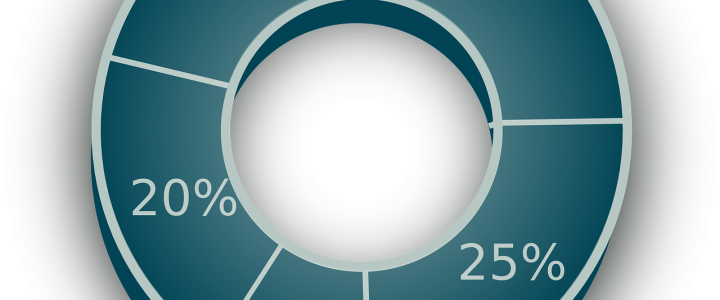Fears of the spreading delta variant ignited a selloff today. Last week’s weakening under the hood as some areas experience significant drawdowns relative to the broad indexes. Concerns about deteriorating market breadth pushed equity indexes lower. With a light calendar of economic news to start the week, the focus will shift to Q2 earnings announcements.
Last Week
Concerns about deteriorating market breadth pushed equity indexes lower. The S&P 500 and Dow Jones Industrial Average fell 0.5-1.0%, while the Nasdaq slipped 2%. Energy stocks plunged 8%, with the materials, industrials and discretionary sectors also suffering losses. Consumer prices jumped 5.4% from a year ago. The largest increase since August 2008, and rose 0.9% on a monthly basis. Producer prices increased 1% from May and jumped 7.3% Year-over-Year. Most of the increases continued to come from sectors influenced by the shutdown, which Fed Chair Powell reiterated in his Congressional testimony. Powell also noted that the Fed’s benchmarks for tightening monetary policy remain “a ways off”. Crude oil fell 4.5% after Saudi Arabia and the UAE reached a compromise on increasing output, offsetting declining U.S. stockpiles.
Jobless claims reached a new pandemic-era low of 360,000, with continuing claims falling sharply to 3.24 million. U.S. manufacturing reports came in mixed, the New York region rose to a record 43 reading for July. While the Philly Fed said progress was slowing with a decline from 30.7 to 21.9. U.S. industrial production missed estimates in June, posted a 0.4% increase as supply shortages still plagued output. Prospects for Q2 U.S. economic growth were bolstered by a surprising jump in retail sales. Transactions climbed 0.6% Month-over-Month and 18% Year-over-Year, well above pre-pandemic levels. China, the world’s second largest economy expanded 7.9% in the first three months of the year, still strong but down from 18.3% the previous quarter. In Europe Germany’s CPI was in-line at 2.3% Year-over-Year while the UK’s 2.5% outpaced estimates.
Delta Variant and the Week Ahead
With a light calendar of economic news to start the week, the focus will shift to Q2 earnings announcements. Large cap mainstays IBM, Travelers, Netflix, Johnson & Johnson, Verizon, AT&T, Intel and American Express will all provide updates. On Wednesday, the ECB will deliver its monetary policy statement with an eye towards recent inflation dynamics and the difficult-to-assess risk of the coronavirus delta variant. U.S. unemployment claims are expected to fall to another pandemic-era low. Housing starts will highlight the state of the complicated homebuilder market.
Year-to-date index performance; Dow up 13.3%, S&P up 15.2%, and Nasdaq up 11.9% through the close on Friday.
This website is for informational purposes only and is not intended to be specific advice or recommendations. For specific advice or recommendations you would need to meet directly with one of our advisers.





